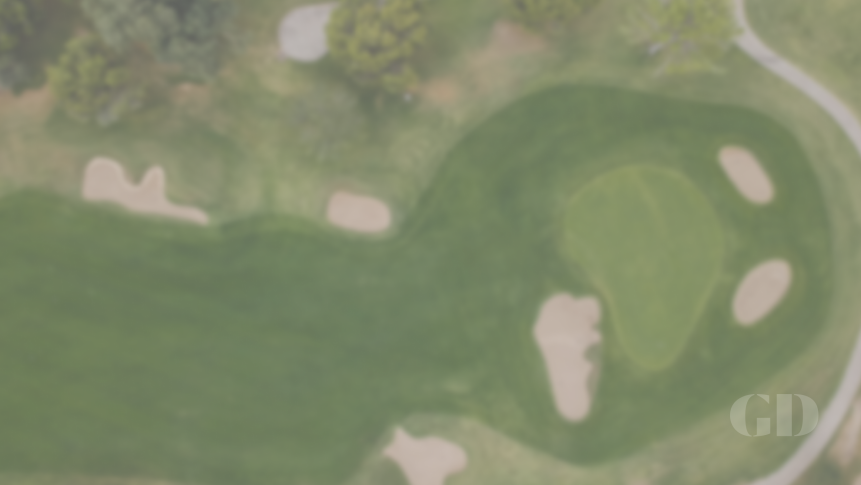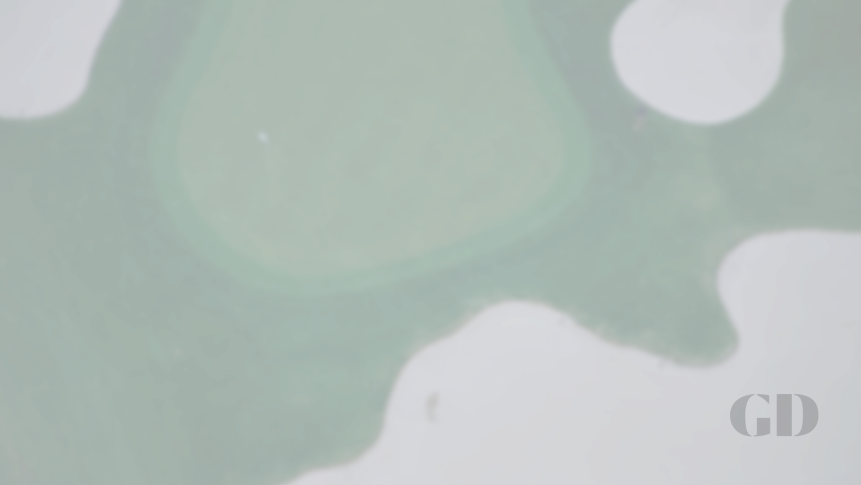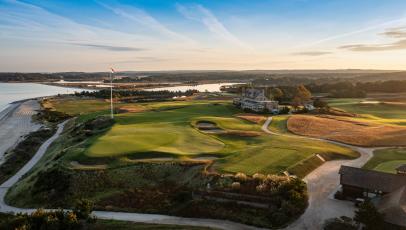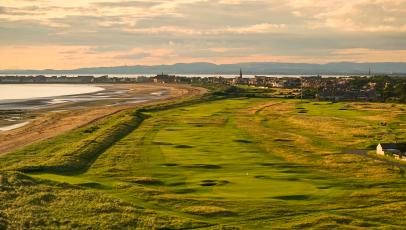course rankings
The best golf courses in Scotland
For a country with a population roughly the size of Washington D.C. and a geographic area less than South Carolina’s, Scotland’s depth of golf is nothing short of sensational. The country accounts for nearly 20 percent of the courses in our 2024-2025 World’s 100 Greatest Courses ranking (19 courses), far more than any other country.
The list of courses just outside the top 100 is just as impressive and includes heralded places like Gullane, Gleneagles’ King's and Queen's courses, Elie, Brora and Crail, each worthy of a special overseas trip to see. Whether in Fife or Aberdeen in the east, Inverness and the Highlands in the north or the southwest coast on the Firth of Clyde, there is great golf at every turn.
We urge you to click through to each individual course page for bonus photography, drone footage and expanded reviews. Plus, you can now leave your own ratings on the courses you’ve played … to make your case why your favorite should be ranked higher.
Editor's Note: Our Best Courses in Scotland ranking is the first in our rollout of the Best Courses in Every Country. Check back over the next few weeks for more of our rankings of the best golf around the world.


39. Ladybank Golf Club: Ladybank
Cupar, Scotland





34. Crail Golf Club: Craighead
Crail, Scotland


32. Machrie Golf Links
Isle of Islay, Scotland
To the unknowing, The Machrie looks as timeless as any Scottish links. Sheep often wander onto the fairways, and most of the holes are sequestered by the property’s rolling dunes and high fescue grasses. The par-72, 6,782-yard layout has many memorable holes, including a fantastic stretch from the sixth to the ninth. The 404-yard sixth has a green surrounded by dunes covered in fescue on three sides. On a windy day it looks like a gallery of wispy ghosts have come to watch you putt.
If the wind is behind you, the 303-yard seventh, which runs parallel along a pristine beach, is drivable for many. The par-4 eighth requires an approach over a steep drop in the fairway. And the 143-yard ninth is one of the most scenic par 3s in Scotland, with an elevated tee box overlooking a bay known as Loch Indaal. Perhaps the most interesting one-two punch on the course is the 12th and 13th. The first is a 509-yard par 5 easily reachable in two if it’s playing downwind. But you better make birdie, because the next hole is a 456-yard par 4 into the wind that can be unreachable without two of your healthiest blasts. Although the 526-yard 18th is a great finishing hole—straightforward, fair, and getable even in a headwind—the 17th might be the back nine’s most interesting. Head golf professional David Foley will tell you not to hit driver on the blind, dogleg right hole that finishes with another green surrounded by high dunes. But make a gentlemen’s agreement now: Everyone must hit driver on that hole. Then let the search begin. --Ron Kaspriske, senior editor. Read his full feature on the Isle of Islay and The Machrie here.

A guy walks into a bar ... Stop right there, you say. I’ve heard it before.
... Not this one, you haven’t. The bar was atop the Royal Dornoch clubhouse in Scotland, and the guy was the club secretary.
He conies over to my foursome to see how we enjoyed the round. Sitting at our table are the Sherpas who caddied for us that day. They were members of the Royal Dornoch Golf Club; in fact, you have to be a member of the club to caddie there. I can’t think of a club in the world whose disposition wouldn’t be improved if the membership included the caddies.
“So what are you doing now?” the secretary says. “Have you played Brora?” I’d never heard of it, and neither had my friends. “Well, that settles it,” he says. “It’s only half an hour north, and you don’t come this way often. Brora is the ancient game, designed by James Braid. You can still get in 18.”
Braid also redesigned the hardest golf course in the world, Carnoustie, but I’ve since learned that the real memorial to him is Brora, headquarters of the James Braid Golfing Society. The nickname of one of my pals in the foursome at the bar is “Braid,” because he bears an uncanny resemblance to the five-time Open champion. So we had to go. Brora did not disappoint. Sheep and cows roam the fairways, and you have to hop over wire fences to get to the greens. Nine holes out and nine back along Kintradwell Bay, with a granite mountain in the distance overhanging the sea called the Ord of Caithness.
Looking back on that unexpected interlude in an otherwise tightly choreographed buddies trip, I realize I haven’t taken enough sideways adventures. We all get stuck in the habit of playing the same courses with the same people. Or chasing the 100 Greatest one by one. But maybe best of all is going to the nooks and extremities of the world and finding golf in the greatness rather than greatness in the golf. --Jerry Tarde, editor-in-chief


29. Panmure Golf Club
Barry, Scotland


27. Elie Golf House Club
Elie, Scotland

This is one of six courses arranged like canned sardines on the sandy spit of sacred golf ground known as the St. Andrews Links. (The others, in order of interest, are the Old, the New, the Eden, the Strathtyrum and the Balgove.) We were all prepared to be disappointed—especially as we drove past the first tee of the Old Course, which we were scheduled to play two days later—but ended up very pleasantly surprised. Two of our caddies claimed that the 15th, a deviously trashable short par 4, is the best golf hole in all of St. Andrews. --David Owen, Golf Digest contributing writer


24. The Renaissance Club
North Berwick, Scotland


22. Dumbarnie Links
Upper Largo, Scotland

21. Gullane Golf Club (No. 1)
Gullane, Scotland
Gullane Golf Club is home to three courses, two of which are must-plays. Gullane No. 1 is a Final Qualifying site for the Open and has hosted the Scottish Open. About 40 minutes east of Edinburgh, Gullane No. 1 overlooks the Firth of Forth. From an old Dan Jenkins piece on Scotland: "The view from the seventh tee, the highest point on the course, is worth a few minutes’ pause. On a clear day you can see the distant tracery of the great Forth bridges—rail and road versions—the southern coast of Fife, and behind you, far below, the links of Muirfield. One hole, the par-4 11th, plays along a cliff where stone gun placements still exist, a reminder that the Scots once feared a German invasion."
Check out our full review here.









12. Machrihanish Golf Club
Machrihanish, Scotland











Explore our brand-new course reviews experience with individual course pages for bonus photography, drone footage and expanded reviews of top international courses and all 17,000-plus courses in the United States. Post your own ratings for courses you’ve played … and tell us where it should be ranked.




